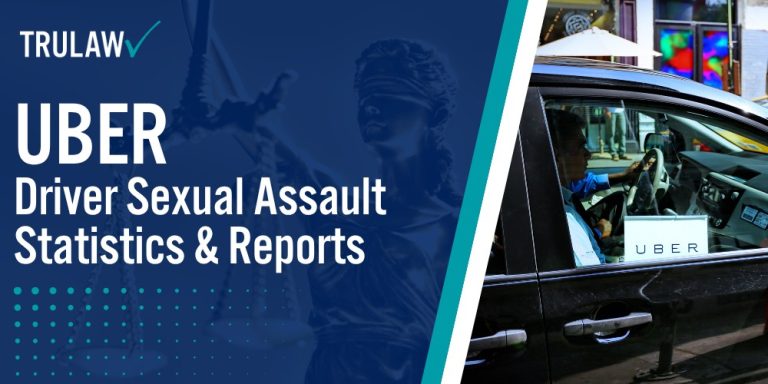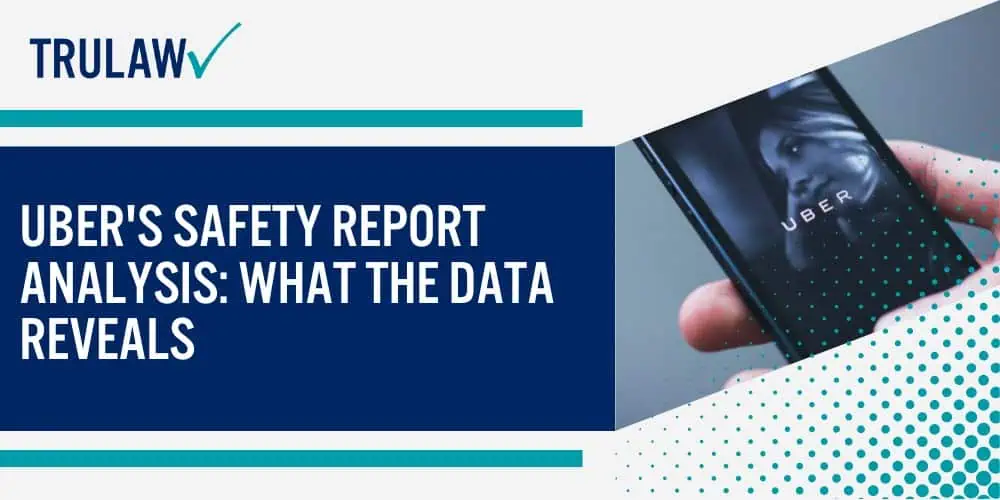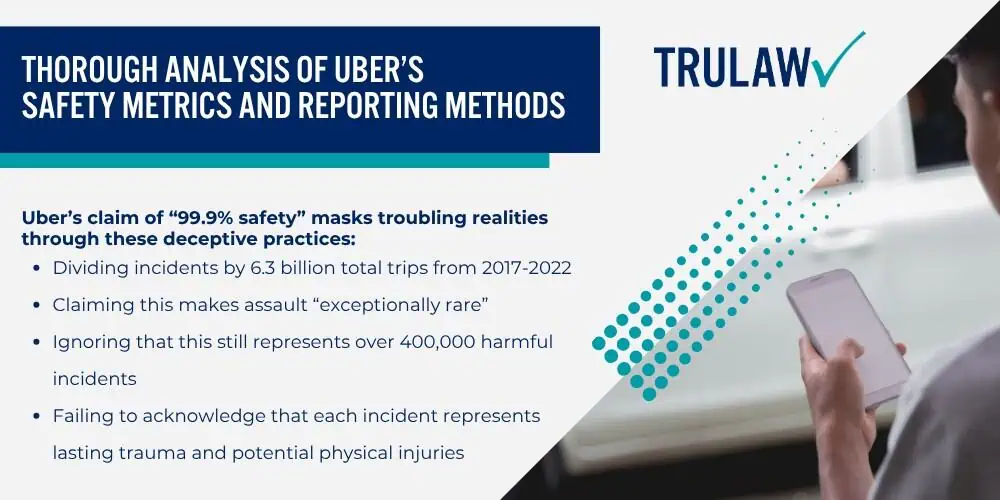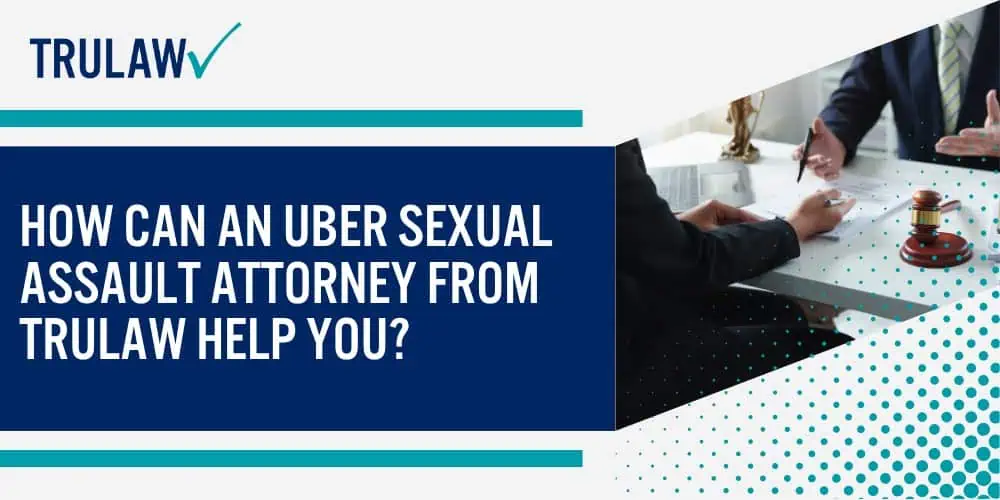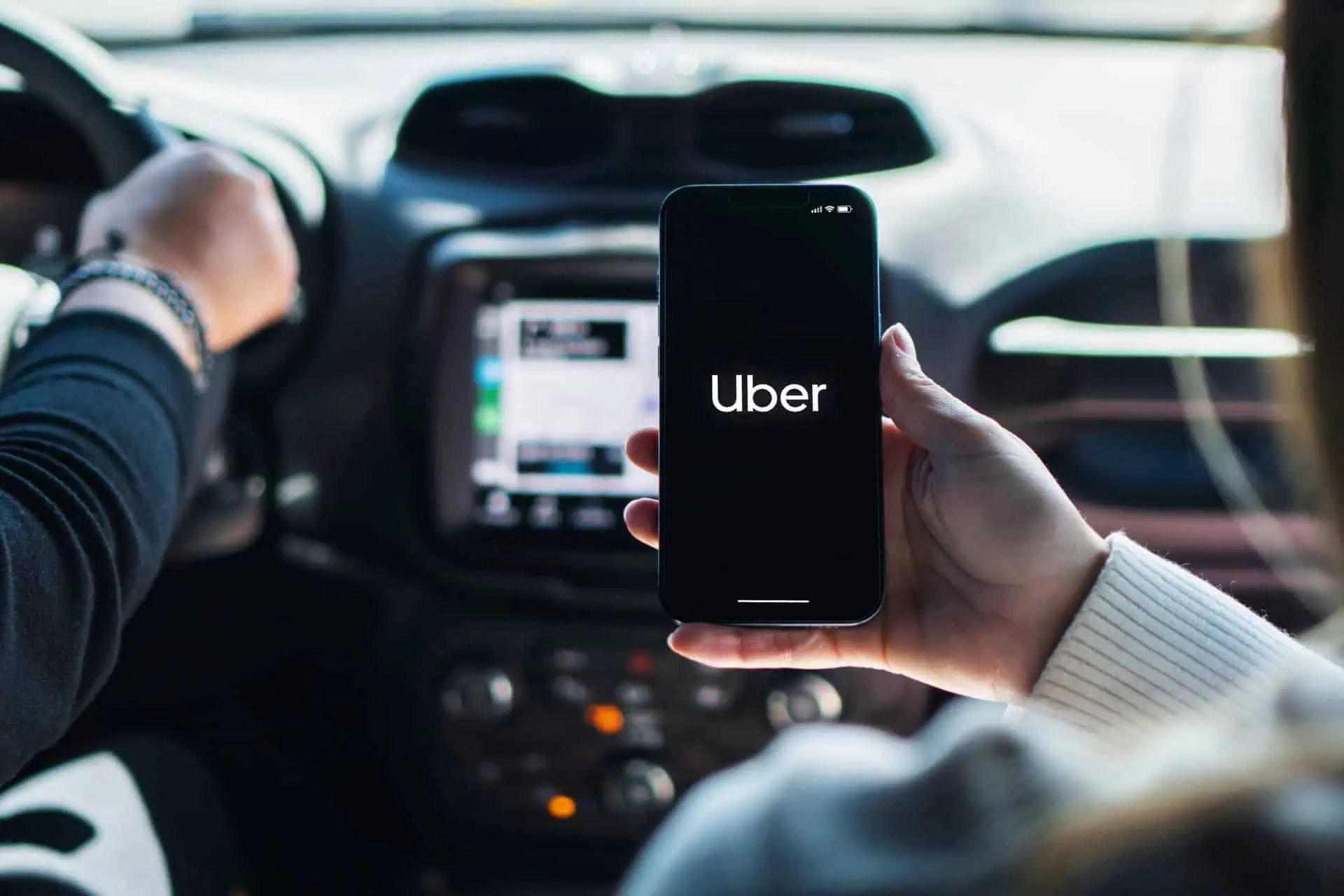The reality of sexual assault within Uber’s platform far exceeds what the company has publicly acknowledged, with internal documents revealing that Uber received approximately 400,181 reports of sexual assault allegations or misconduct between 2017 and 2022—averaging one report every eight minutes across the United States.
This staggering figure dwarfs the 12,522 “serious” incidents the company chose to disclose in its official safety reports during the same period, exposing a systematic underreporting that has left riders and drivers unaware of the true risks they face when using the Uber app.
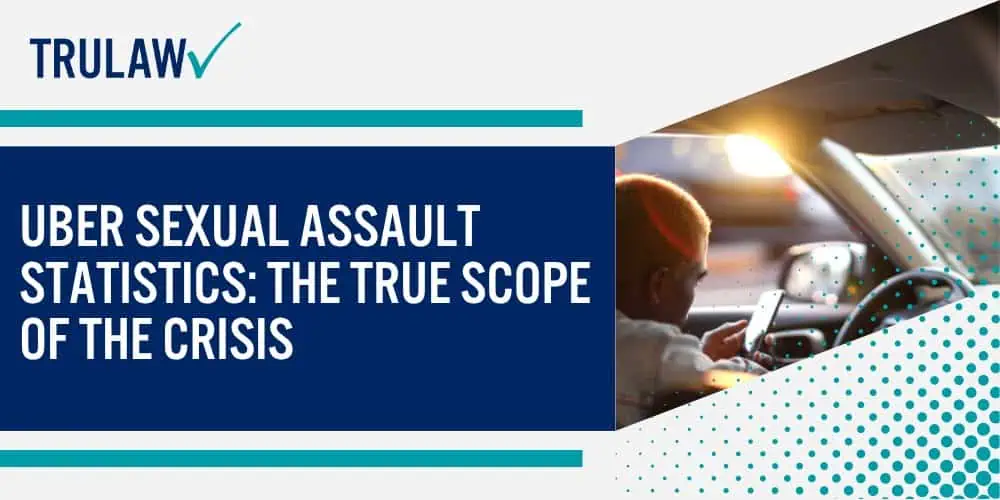
The discrepancy between these numbers represents not just statistical manipulation but real human suffering—hundreds of thousands of survivors whose experiences were deemed unworthy of public acknowledgment while the company marketed itself as the safest transportation option available based on their business model.
Breakdown of Reported Sexual Assault Categories in Uber Vehicles
The categorization system Uber employs for tracking sexual assault incidents reveals both the severity and breadth of violations occurring on its platform, with the company publicly reporting only five categories while internally documenting at least 21 different types of sexual misconduct including inappropriate comments.
Uber publicly acknowledges only five severe categories of sexual assault, despite tracking 21 types internally:
- Non-consensual sexual penetration (rape)
- Attempted non-consensual sexual penetration
- Non-consensual touching of a sexual body part
- Non-consensual kissing of a sexual body part
- Non-consensual kissing of a non-sexual body part
According to the National Sexual Violence Resource Center (NSVRC), false reporting of sexual assault remains extremely rare at only 2-8% of cases, yet Uber failed to audit most reports, using the unaudited nature to suggest some may be mistaken or fraudulent.
The distribution of incidents across these categories shows that women comprise approximately 81% of rape victims and 75% of all sexual assault victims on the platform, while men represent 15% of victims—nearly double from earlier reports, with some cases involving situations where an Uber driver sexually assaulted male passengers.
Riders were victims in 91% of rape cases, though Uber drivers also face risks, accounting for 7-9% of sexual assault victims, including female drivers who have reported being assaulted by passengers.
Beyond these five categories, Uber internally tracks thousands of additional reports involving masturbation, threats of sexual violence, inappropriate touching, verbal harassment, and other criminal conduct that the company classifies as “less serious.”
These incidents, which numbered approximately 300,000 of the 400,181 total reports from 2017-2022, include behaviors that constitute criminal offenses in many jurisdictions yet were systematically excluded from public safety reports.
The company’s internal brainstorming documents from 2021 revealed their approach to categorization aimed “not to be the police” but rather to “protect the company and set the tolerable risk level for operations” while managing their legal process.
If you or a loved one were sexually assaulted or faced sexual misconduct during an Uber ride, you may be eligible to seek compensation.
Contact TruLaw using the chat on this page to receive an instant case evaluation and determine whether you qualify to join others in filing an Uber Sexual Assault Lawsuit today.
Year-Over-Year Trends in Uber Sexual Assault Reports (2017-2025)
The progression of sexual assault reports on Uber’s platform from 2017 through 2025 reveals disturbing patterns that contradict the company’s narrative of improved safety through enhanced safety measures, with internal data showing dramatic increases even as public reports suggested declining incident rates.
In 2017 alone, internal documents reveal approximately 70,000 incidents of sexual assault or misconduct, a figure that climbed to more than 85,000 by 2024 according to plaintiff attorneys representing victims who seek justice in the ongoing Uber sexual assault litigation.
The company’s public safety reports painted a vastly different picture: 5,981 reports for 2017-2018 combined (with 3,045 in 2018 alone), dropping to 3,824 reports for 2019-2020, and further declining to 2,717 for 2021-2022.
The pandemic year of 2020 saw 998 total incidents including 141 rapes, despite ridership falling from 1.4 billion trips in 2019 to just 650 million—suggesting the rate of incidents per trip may have actually increased during certain periods when Uber’s conduct showed insufficient adaptation to changing safety needs.
Uber claims a 38% decrease in the rate of sexual assault reports between their first and second safety reports, but plaintiffs argue this reduction primarily resulted from decreased ridership during COVID-19 rather than improved safety measures to protect passengers.
The U.S. Department of Justice Bureau of Justice Statistics notes that in 2020 violent crime nationally increased by nearly 30% in certain categories, with rideshare platforms reflecting similar trends despite lower overall usage.
The surge in lawsuit filings tells its own story about the crisis, with many survivors deciding to sue Uber after years of trauma.
In September 2024 alone, 878 new rideshare sexual assault lawsuits were filed against Uber, bringing the total number of plaintiffs in the Uber sexual assault MDL to over 2,500 by September 2025.
The MDL case count jumped from just 387 in August 2024 to 1,263 by September, then surged past 2,583 as more survivors came forward seeking justice through the legal system.
California state court proceedings are handling an additional 679 cases through the Judicial Council Coordination Proceedings (JCCP), with the first bellwether trial beginning September 23, 2025.
Monthly filing rates sometimes exceed 800 new cases in the Uber MDL, with survivors seeking Uber sexual assault settlement compensation, indicating that despite Uber’s claims of safety improvements, survivors continue to experience assaults at alarming rates.
The timing of these filings, clustered years after many incidents occurred, reflects the trauma and time survivors need before feeling ready to pursue legal action—a reality that suggests current incident numbers may be substantially underreported.
Comparing Uber’s Public Disclosures vs. Internal Data
The massive gulf between Uber’s public safety reports and internal data exposes a deliberate strategy to minimize the appearance of risk while maximizing ridership and revenue, with the company possessing detailed knowledge about assault patterns that it chose not to share with the public.
Internal documents obtained through litigation reveal that Uber received 400,181 reports of sexual assault or misconduct from 2017-2022, yet publicly disclosed only 12,522 incidents classified as “serious” during this same period.
This means approximately 387,659 reports—representing 97% of all incidents—were hidden from public view through a classification system that deemed them “less serious” despite many involving criminal conduct.
The company justified this by claiming incidents like masturbation, threats of sexual violence, inappropriate touching, and verbal harassment didn’t warrant the same attention as the five most severe categories.
Most damning is Uber’s knowledge that serious sexual assault reports were approximately four times higher when women riders were paired with male drivers—vital safety information the company possessed but never publicly disclosed, failing to properly screen drivers who posed heightened risks.
Internal safety teams pushed for features to address this risk, including gender-matching options and mandatory cameras, but executives repeatedly rejected or delayed implementation citing business concerns about their independent contractors model.
The Federal Trade Commission requires companies to provide accurate information to consumers about safety risks, yet Uber continued marketing itself as offering “safe rides home” while withholding data showing one report of sexual misconduct every eight minutes.
The company’s approach to data classification served multiple purposes:
- Minimizing legal liability by acknowledging fewer incidents
- Maintaining public confidence in platform safety
- Avoiding regulatory scrutiny that might require costly safety measures
- Protecting the independent contractor model by not requiring safety equipment
Internal brainstorming documents from 2021 explicitly stated that Uber’s goal was to “set the tolerable risk level for operations” rather than eliminate sexual assault entirely, with Uber’s legal team advising on acceptable exposure levels.
This calculated acceptance of “tolerable” sexual violence stands in stark contrast to the company’s public messaging that “even one report is one report too many.”
If you experienced any form of sexual assault or misconduct in an Uber vehicle, TruLaw partners with litigation leaders to provide you with the legal resources and support necessary for a successful outcome.
Contact TruLaw using the chat on this page to receive an instant case evaluation and explore your Uber Sexual Assault Lawsuit options today.
